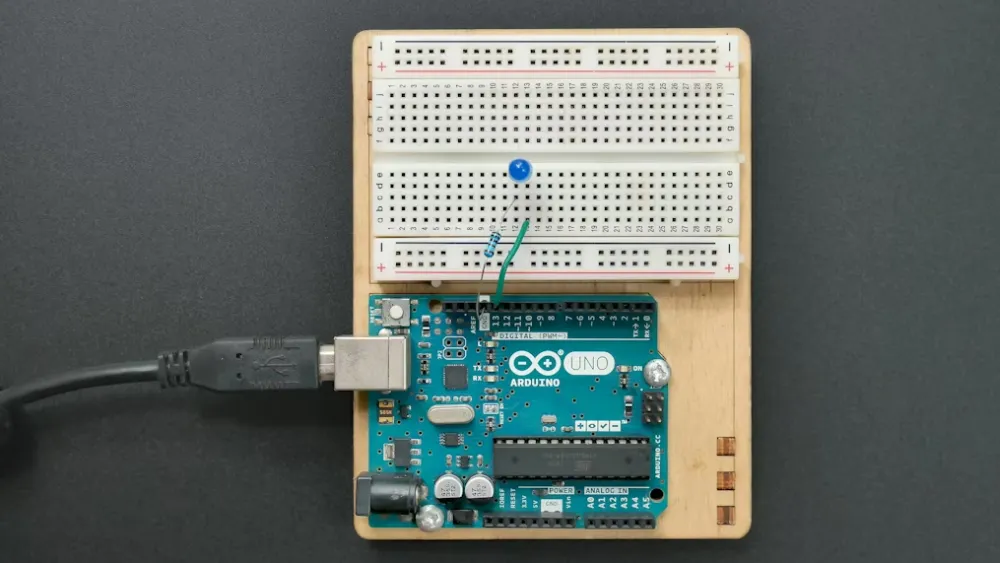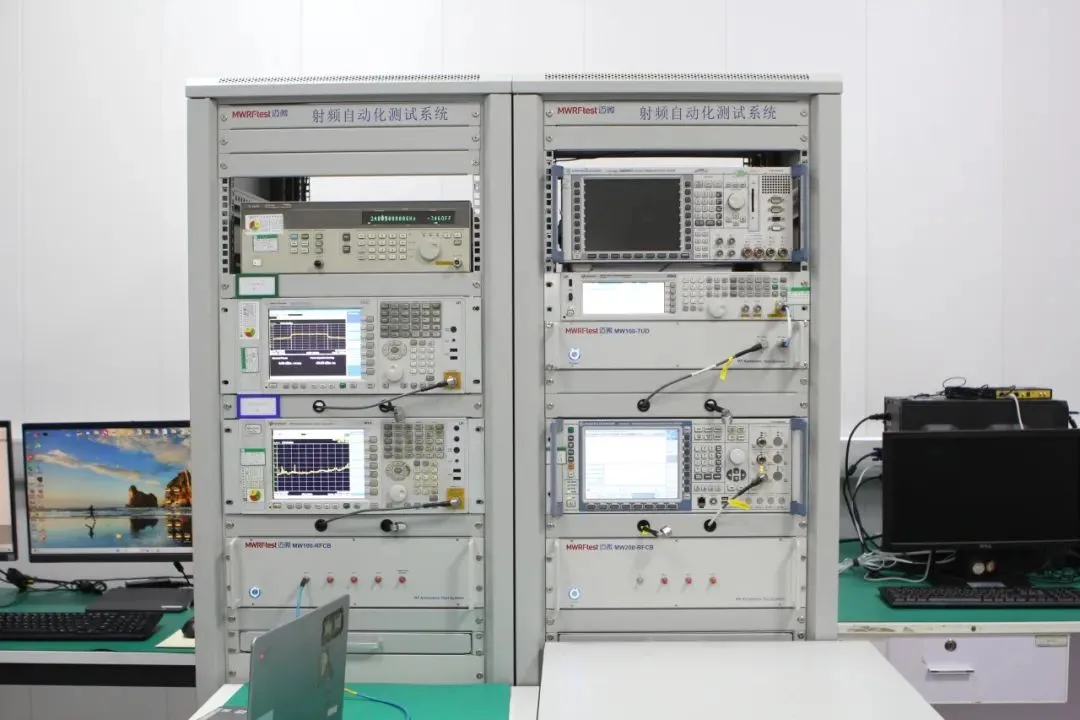
CE Certification: RED Radio Equipment Directive and Relevant Standards
The RED (Radio Equipment Directive) under CE certification is the European Union’s regULatory framework for wireless and communication terminal equipment. The RED Directive was published by the EU on May 22, 2014, under the directive number 2014/53/EU, replacing the previous EU Radio Equipment Directive R&TTE-D 1999/5/EC.
The RED Directive applies to all radio equipment sold in the EU market, whether as a standalone device or as part of a system. It includes, but is not limited to:
- Mobile phones, Wi-Fi devices, Bluetooth devices
- Radio transmitters, remote control toys, remote alarm systems, remote doorbells, remote switches
- Professional radios, wireless microphones, wireless telephones (e.g., CTO, CT1, etc.)
- ISDN (digital phones), DECT (digital enhanced cordless telephones)
- Bluetooth headsets, inductive data transmission devices operating at frequencies <9kHz, radio broadcast receivers, etc.
It is important to note that radio receivers, such as broadcast radios, are within the scope of the RED directive, while telecom terminal equipment is excluded.
Main Requirements of the RED Directive:
1. Safety and Health Protection: Ensuring the safety and health of the device users and others.
2. Electromagnetic Compatibility (EMC): Complying with EMC requirements to prevent harmful interference.
3. Efficient Use of Radio Spectrum: Ensuring the device uses the radio spectrum effectively to avoid interference.
4. Compliance with Specific Requirements: Meeting other applicable standards and technical requirements.
Common Testing Standards for RED Certification:
Different radio equipment frequencies require different testing standards. Here are some of the common standards for different frequency ranges:
- Frequency Range 25 MHz - 1000 MHz (e.g., 27 MHz, 433 MHz, 868 MHz products):
- RF Testing: EN300328
- emc testing: EN301489-7
- Safety Testing: EN62368-1:2014
- Harmful Interference Assessment: en62479:2010
- Frequency Range 1000 MHz - 40 GHz (e.g., 2.4 GHz products):
- RF Testing: EN300440
- EMC Testing: EN301489-7
- Safety Testing: EN62368-1:2014
- Harmful Interference Assessment: EN50371
- ISM Band (e.g., Wi-Fi, Bluetooth products):
- RF Testing: EN300328
- EMC Testing: EN301489-17
- Safety Testing: EN62368-1:2014
- Harmful Interference Assessment: EN62311
- GSM Band (e.g., mobile phones, GPS devices, terminals):
- RF Testing: EN301511
- EMC Testing: EN301489-7
- sar testing: EN50360:2001, EN62209-1:2006
- Safety Testing: EN62368-1:2014
- Walkie-Talkie Products:
- EMC Testing: EN301489
- RF Testing (Consumer Walkie-Talkies): EN300296
- RF Testing (Professional Walkie-Talkies): EN300086
- Safety Testing: EN62368-1:2014
- sar testing: EN50360/EN50361
- FM Transmitters (Frequency 88.1-107.9 MHz):
- RF Testing: EN3001357
- EMC Testing: EN301489-1/9
- Safety Testing: EN62368-1:2014
- Harmful Interference Assessment: EN50371
- Wireless Microphones:
- RF Testing: EN300422-1/-2
- EMC Testing: EN301489-1/-9
- Safety Testing: EN62368-1:2014
- Harmful Interference Assessment: EN50371
- WCDMA 3G Products (e.g., mobile phones, 3G routers):
- RF Testing: EN301908-1/2
- EMC Testing: EN301489-24
- SAR Testing: EN50360/EN50361:2001
- Safety Testing: EN62368-1:2014
RED Testing Items:
1. Electromagnetic Compatibility (EMC Testing)
2. low voltage directive (LVD) Safety Testing (This is required for RF products with battery input, as per the new directive.)
3. Radio Communication Equipment Testing (RF Testing based on ETSI standards)
4. Notification of European Allowable Spectrum Use
5. CTR (TBR) Testing
6. Electrical Safety and Health Protection Testing (SAR Evaluation)
Documents Required for RED Certification:
When applying for RED certification, the following documents are typically required:
- User Manual
- Circuit Diagram
- Block Diagram (Functional Diagram)
- PCB Layout
- PCB Placement
- Operation Description (Explanation of the Block Diagram)
- Bill of Materials (BOM List)
- Labels
Responsibilities of the Manufacturer:
1. Ensure Compliance: The manufacturer must ensure that the wireless equipment they produce complies with all RED directive requirements, including safety, health protection, electromagnetic compatibility, and efficient use of the radio spectrum.
2. Compliance Assessment: Manufacturers must perform a compliance assessment for their products, documenting the results.
3. ce marking: The manufacturer must affix the CE mark on the product to indicate compliance with EU regulations and standards.
4. Provide Necessary Documentation: Manufacturers must prepare and provide technical documents and test reports to demonstrate compliance with the RED directive.
5. Cooperate with Market Surveillance: Manufacturers are responsible for cooperating with EU market surveillance activities, providing necessary information, and taking appropriate actions when required (e.g., product recalls).
Responsibilities of Economic Operators (Distributors and Importers):
1. Ensure Compliance from Manufacturers: Economic operators must ensure that the wireless devices they acquire come from manufacturers who comply with the RED directive.
2. Review Technical Documentation: They must review the technical documentation and test reports provided by the manufacturer to ensure the product meets applicable standards and regulations.
3. Ensure CE Marking and Documentation: Economic operators must ensure that the wireless devices they sell are affixed with the CE mark and have the corresponding technical documentation, including manufacturer declarations and test reports.
4. Retain Records: They must retain all relevant records, including procurement records, compliance certifications, and communication logs, to demonstrate the product’s compliance and facilitate traceability.
5. Participate in Market Monitoring: Economic operators should cooperate with market surveillance and regulatory authorities, monitoring the compliance and safety of wireless equipment in the market. They must assist in investigations, recalls, and report any safety issues identified.
Email:hello@jjrlab.com
Write your message here and send it to us
 Energy Storage Battery Brazil Inmetro Certificatio
Energy Storage Battery Brazil Inmetro Certificatio
 Southeast Asia Compliance Requirements for EV Char
Southeast Asia Compliance Requirements for EV Char
 Brazil ANATEL & INMETRO Certification Guide
Brazil ANATEL & INMETRO Certification Guide
 Automotive-Grade Active Crystal AEC-Q200 Certifica
Automotive-Grade Active Crystal AEC-Q200 Certifica
 How to Comply with EU GPSR
How to Comply with EU GPSR
 U.S Cosmetics Require FDA Registration for Customs
U.S Cosmetics Require FDA Registration for Customs
 Interpretation of IEC/EN/AS 62477-1:2022 Standard
Interpretation of IEC/EN/AS 62477-1:2022 Standard
 What is Amazon TIC and How Can Sellers Achieve Com
What is Amazon TIC and How Can Sellers Achieve Com
Leave us a message
24-hour online customer service at any time to respond, so that you worry!




